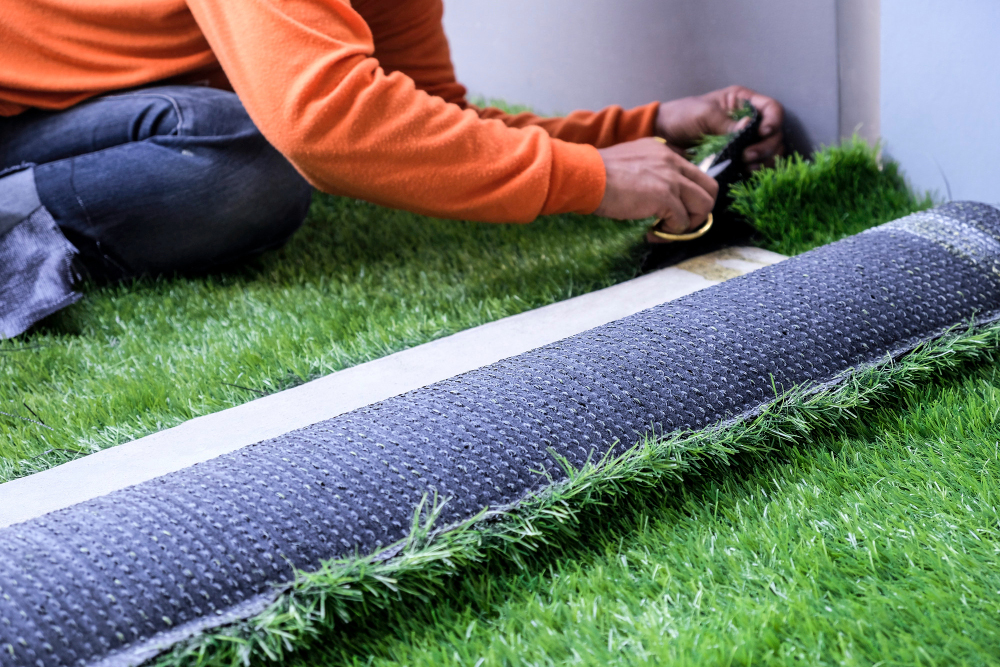Avoiding Seam Lines When Installing Artificial Grass

Artificial grass is a beautiful alternative to natural grass. It is low maintenance and long-lasting, making it the perfect solution for those who live in a busy city or have limited time. However, one of the biggest concerns when it comes to installing artificial grass is the risk of seam lines. Seam lines are where two strips of artificial grass meet, and they can create an unsightly and uneven appearance. In this blog post, we will share some tips on how to avoid seam lines when installing artificial grass.
1. Use High-Quality Artificial Grass
The first step in avoiding seam lines when installing artificial grass is to invest in high-quality turf. Cheaper options may seem tempting, but they can easily lead to visible seam lines. High-quality artificial grass will have a more natural look and will blend in better. Look for turf that has a variety of blade heights and shades of green, as this will create a more natural appearance.
2. Plan Ahead
Proper planning is essential in avoiding seam lines. Start by measuring the area you want to cover and order the turf accordingly. If the area is too large for a single roll of turf, plan where the seams will be placed. Ideally, seams should be placed in areas where there is less foot traffic and impact. Proper planning and preparation will help to create a seamless installation.
3. Ensure Proper Installation
The installation process is crucial in avoiding seam lines. It is important to prepare the base correctly, ensuring that it is level, and free of any bumps or obstacles. Fill in any uneven areas with sand and use a compactor to even out the surface. Once ready, begin laying the artificial turf, making sure to use proper techniques to prevent seam lines from forming. Install the turf in a staggered pattern, alternating between rows to create a more natural look.
4. Use Special Joining Tape and Adhesive
When joining the turf strips, use special joining tape and adhesive designed specifically for artificial grass. The tape is placed under the seam, and the adhesive is applied to hold it in place. This method ensures a strong bond and helps prevent seam lines. When in doubt, always consult with a professional installer to ensure proper use.
5. Proper Maintenance
Proper maintenance is critical to avoiding seam lines. Regular brushing and grooming of the artificial turf help to ensure an even appearance. Use a stiff brush to brush against the natural grain of the blades, lifting them up, and preventing matting. Avoid heavy foot traffic on high impact areas, and remove any debris from the turf as quickly as possible to avoid staining.
Conclusion
Artificial grass is an excellent option for those looking for low-maintenance and long-lasting beauty. However, seam lines can create an unsightly and uneven appearance that can detract from its natural look. By investing in high-quality turf, planning ahead, ensuring proper installation, using special joining tape and adhesive, and maintaining it correctly, you can avoid seam lines and enjoy the beauty of artificial turf for years to come. If you want to install a patio and driveway turf inlay in Florida, contact Pro Work Construction today for free estimates.